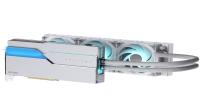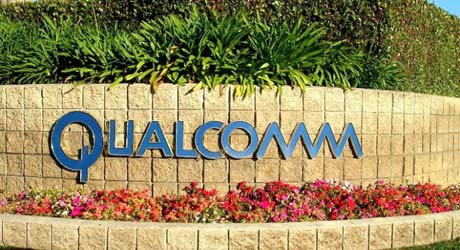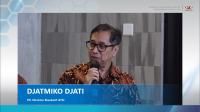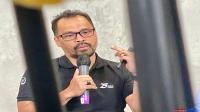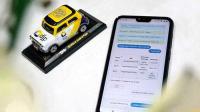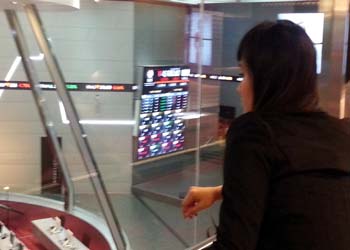Developing Internet of Things by using Intel Galileo
10:45:11 | 11 Feb 2015

Ilustrasi (dok)
JAKARTA (IndoTelko) – Open source hardware is sparking a new Internet of Things era for amateur and pro makers, giving them powerful tools to quickly turn ideas into reality. Creative kids today don’t just draw robots, spaceships and futuristic fashion designs, they actually make these things, often following tips and free software found on the Internet.
Tinker toys and rocket ship kits still capture our imagination, but do-it-yourself technologies like Intel Galileo and Intel Edison are making it possible for more people to build simple experiments that test the laws of science or make the next great gadget that gets funded through Kickstarter.
Tools used by well-known product makers are increasingly available to students, hobbyists and almost anyone with an idea and urge to fiddle with electronics. Access to these technologies can be traced to the rapid rise of the so-called open design movement, which is defined as the development of physical products, machines and systems through use of publicly shared design information.
“Definitely the open source movement we’ve seen in software is moving into hardware,” said Edward Ross, director of inventor platforms for Intel’s New Devices Group. “It’s allowing people to get their hands on powerful technologies that they can use to make their own things, ranging from student projects to industrial-grade prototypes.”
In the past, what might have been too complicated or costly for most people is now easier to use and affordable to anyone interested in making a gizmo that connects to the Internet and can be controlled by a personal computer, tablet or smartphone.
Jamel Tayeb recently took two Intel Galileo development boards, which are low-power consuming, programmable computer boards about the size of a smartphone, and built a space balloon that flew 97,000 feet before returning back to Earth, not far from where it was launched.
It was Tayeb’s lifelong dream to capture images of the Earth’s curvature. He brought his dream to life with his bare hands, open source software and a little help from friends and fellow makers. It’s something he sees more people doing because the technology keeps getting better and easier to use.
Sure this computer scientist is no stranger to electronics — Tayeb works at Intel’s Software and Services Group — but this was the first spacecraft he ever built. He used parts that anyone could buy online, or at just about any electronics specialty store.
Open source software, typically developed in public in a collaborative manner, is available with a license to use it to study, change and share the software for any purpose. It’s most often available for free.
Similarly open source hardware lets anyone reconfigure or program computing components using a variety of software, including free, open source and paid-for software.
The term “Internet of Things” may be a buzzword overused by tech companies and big businesses today, but Ross said what’s playing out in reality is a bit more democratic driven by the open design movement.
“More things are being connected to the Internet not just because of personal devices, industrial machines and things like smart-cities technologies,” said Ross. “Crowdfunding, 3D printing and the open source movement are driving more people to make their own things that connect to and run on the Internet.”
Computer processor-integrated microcontroller boards are an essential piece of the open source hardware movement. A variety of microcontrollers are available today, but Intel is making new boards that provide makers with substantial computing performance and software that makes it easy to connect creations to the Internet, use cloud services to analyze and store data and even connect to other wireless-equipped devices.
“Galileo is for learning and creating,” said Ross. “It’s for hobbyists, tinkerers and students. The hardware and software is easy to use, compatible with low-cost, commonly used Arduino microcontrollers and maker kits.” (es)
Baca juga :
•
•
•
Artikel Terkait
-
 English Ver. - 04:00:00 | 19 May 2024The real estate sector is observably shifting toward sustainability
English Ver. - 04:00:00 | 19 May 2024The real estate sector is observably shifting toward sustainability -
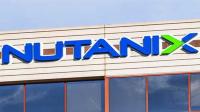 English Ver. - 05:21:00 | 03 May 2024Primary drivers for IT infrastructure investments in the next year include ransomware prevention
English Ver. - 05:21:00 | 03 May 2024Primary drivers for IT infrastructure investments in the next year include ransomware prevention
Rekomendasi
Berita Pilihan
More Stories
PR Newswire




















